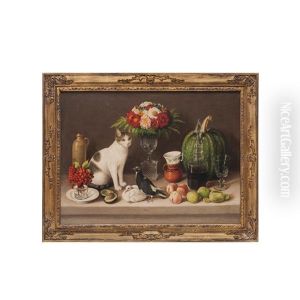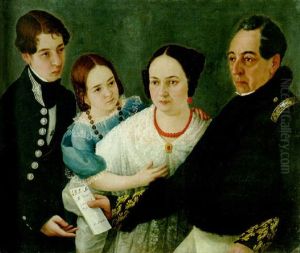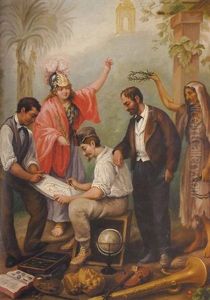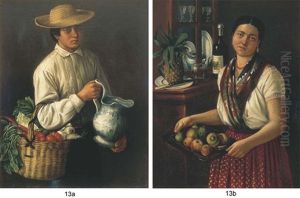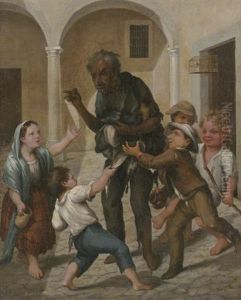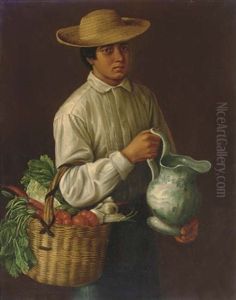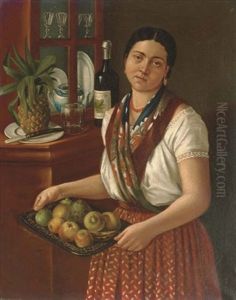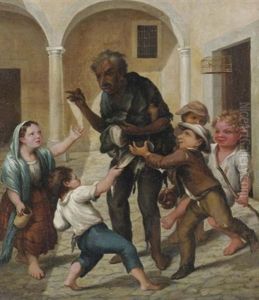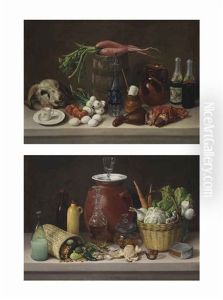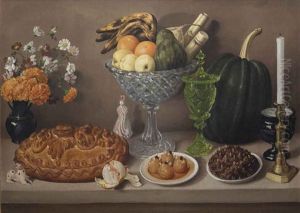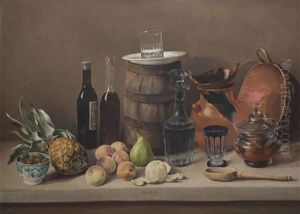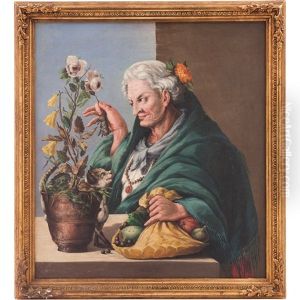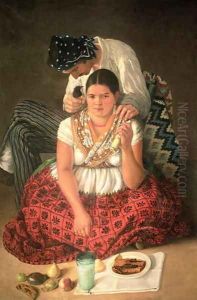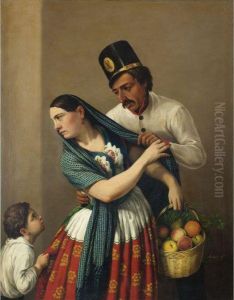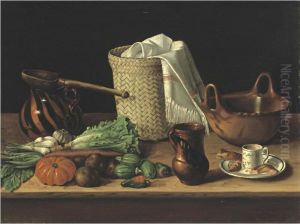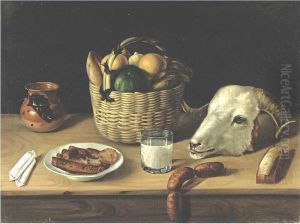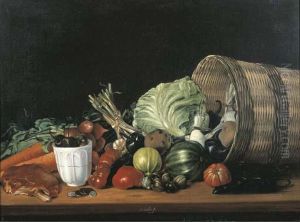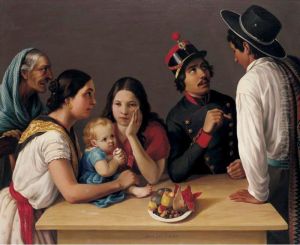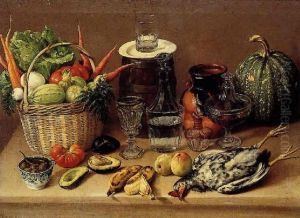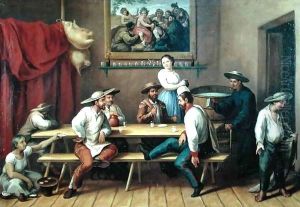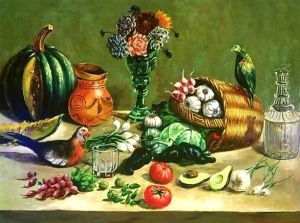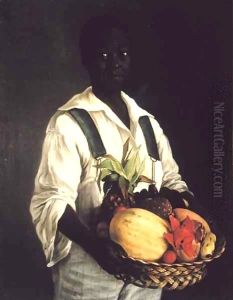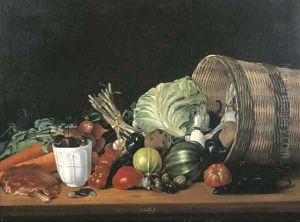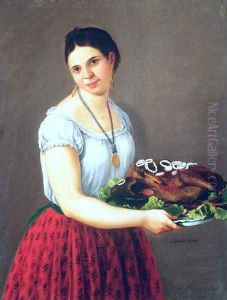Jose Agustin Arrieta Paintings
José Agustín Arrieta was a notable Mexican painter born in 1803 in Santa Ana Chiautempan, in what is now the state of Tlaxcala, Mexico. He is renowned for his vibrant and detailed depictions of Mexican life, culture, and cuisine of the 19th century. Arrieta's works are celebrated for their rich detail, color, and realism, offering a glimpse into the everyday life and social customs of his time.
Unlike many of his contemporaries who sought training and inspiration in Europe, Arrieta remained in Mexico for the entirety of his life, drawing inspiration from the people and the landscapes around him. His refusal to follow the trend of seeking European education did not hinder his artistic development; instead, it grounded his work deeply in the Mexican experience, making his paintings uniquely authentic and resonant with the local population.
Arrieta's most recognized works are his genre paintings and still lifes, which often feature scenes of domestic life, local markets, and traditional Mexican cuisine. These paintings not only showcase his technical skill but also serve as historical documents that capture the essence of Mexican society during his lifetime. His ability to depict the textures of food, the vividness of clothing, and the warmth of domestic interiors has earned him a special place in the history of Mexican art.
Despite his significant contribution to Mexican art, José Agustín Arrieta was not widely recognized during his lifetime. It was not until after his death in 1874 that his work gained broader recognition, thanks in part to the efforts of later Mexican artists and art historians who celebrated his commitment to portraying the richness of Mexican life. Today, Arrieta is considered one of the key figures in 19th-century Mexican art, with his paintings held in high esteem and featured in major collections and museums in Mexico and beyond. His legacy continues to influence contemporary Mexican artists, and his work remains a vital part of Mexico's cultural heritage.
